All the Buzz About How to Brew Mead and Honey-Wines at Home
Mead is probably the world’s oldest alcoholic drink. It may have originated when honey in a tree fermented naturally. Making mead is a very simple natural process, as unfermented honey contains natural yeast which can ferment it. Traditional mead is simply made by fermenting honey mixed with water - there are just two ingredients water and honey though various herbs, spices and fruit extracts can be added to provide flavors.
Mead appears in the ancient cultural records of Egypt, China, India, Greece and many Middle Eastern countries. Historical records show that fermented honey beverages were consumed in India some 4000 years ago. The ancient Greeks referred to mead as 'ambrosia' or 'nectar' and it was believed to be a drink of the gods.
Though not well known, the mythology of mead exists in our own culture. The very term “honeymoon” is derived from the ancient practice of giving newly-married couples a month’s supply of honey–wine (a ‘moon’s worth’).
The alcohol content of mead depends on how long you leave it to ferment. Early on the alcohol content is very low, similar to home-made ginger beer made with wild-caught yeast which are far less productive than commercial brewer's yeast.
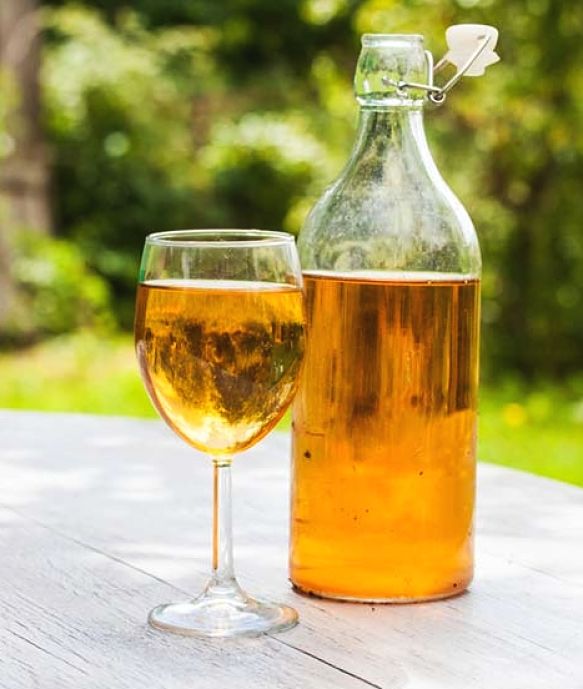
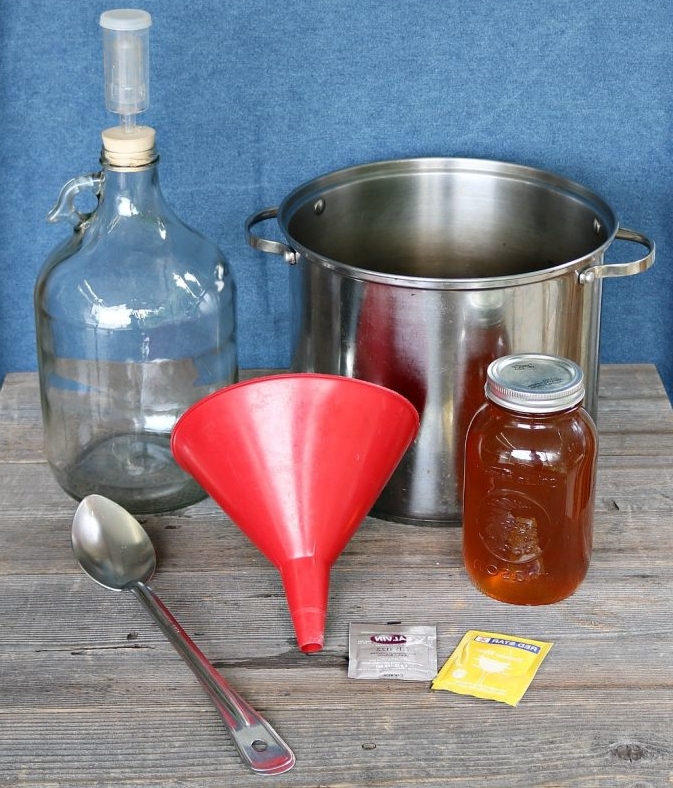
Equipment Required to Make Homemade Mead
- Glass or stainless steel bucket with lid for the primary mixing
- A good quality 5 Litre carboy with stopper and airlock
- Stainless Steel Funnel with Filter
- Stainless Steel Dial Thermometer or Tape for attaching outside
- Food Grade Silicone Bung
- Mini Auto Syphon for taking samples
- S Bubbler Airlock with Cap
- Hydrometer for measuring alcohol level
- Sanitizer
- Glass bottles and corks for final bottling
- Yeast and Nutrients to boost alcohol Level (Optional)
Mead is simply made from water and honey. It ferments naturally thanks to the natural organic yeasts that occur naturally in the honey. Another aspect is that honey is a natural antibiotic and so there is natural in-built control of bacteria and other micro-organisms that could spoil the fermentation process. The alcohol content and sweetness depends on how long you leave it to ferment. There are two varieties of mead you can make:
- Sweet, Young Mead - which has a sweet fizzy taste and contains very low levels of alcoholic mead.
- A Dry, alcoholic version that takes longer to ferment.
The recipes below show how to make a variety of meads, many of which have other added ingredients to provide unique flavors.
Precautions When Making Mead at Home
- Ensure you use good quality non-pasteurised and pure honey, preferably a single variety rather than a mixture of many sources of honey. Use pure honey, free of additive such as sugar or glucose. Use rainwater or water that has a relatively low chlorine content as chlorine may interfere with the fermentation
- Ensure you sterilize all your equipment. The water should be boiled to sterilise it, BUT allowed to cool in a sealed container to around 25 degrees C (77 degrees F).
- Use a glass or nylon fermentation chamber that you can clean thoroughly between batches and can be sterilised.
- Always fit the fermentation jar or other container with an air-lock. This keeps it clean and keeps the oxygen level low and helps to prevent bacteria and moulds which can spoil or taint the mead
- As with Ethiopian tej, and other traditional honey-wines, you can add edible flowers and various herbs, spices and fruit extracts to flavor the mead after it has fermented and you are ready to bottle it.
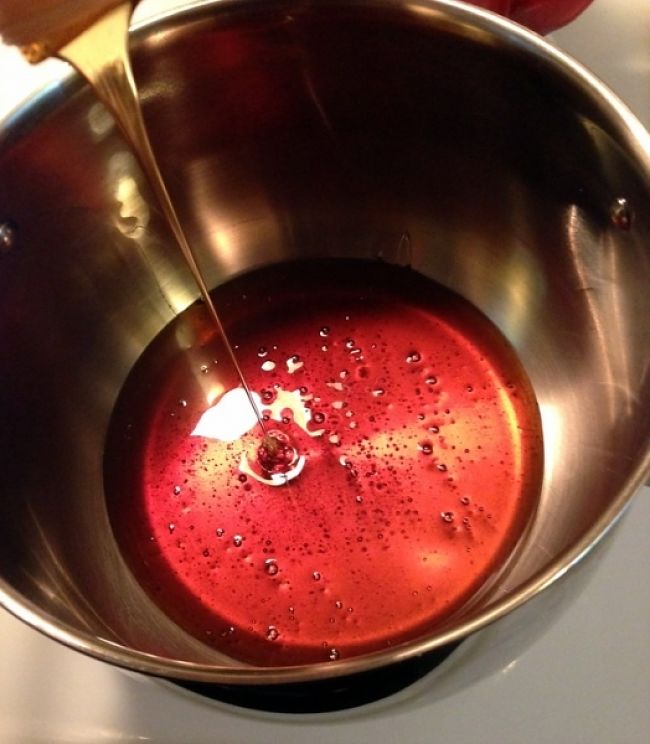
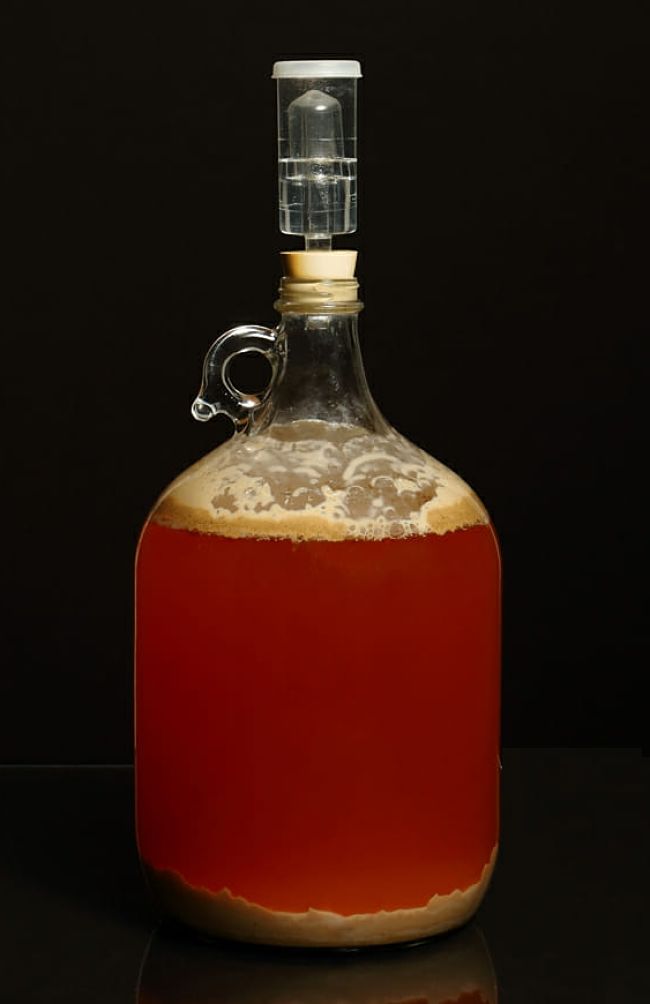
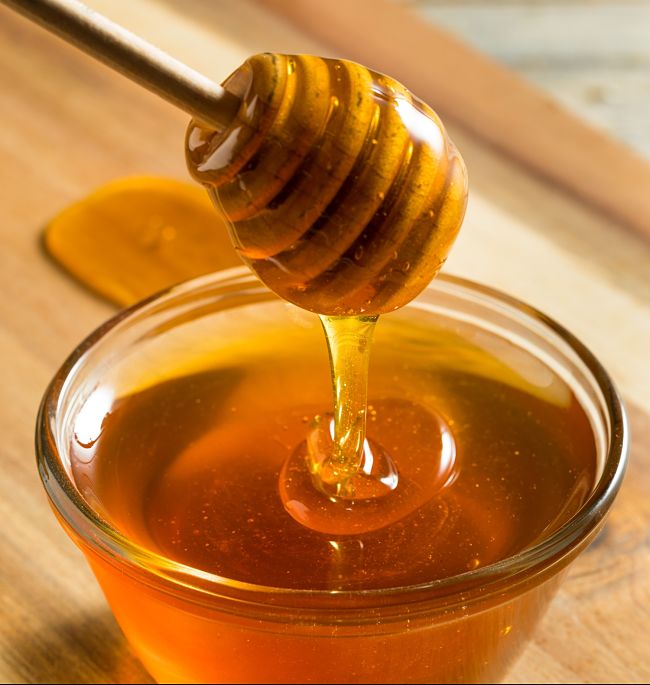
Simple Mead Recipe - Without Added Yeast of Flavors
Ingredients (note multiple amounts according to the size of your fermenter container)
- 1 litre mineral water, boiled to steriliz,e and then cooled in a sealed jar down to room temperature before use
- 700 g unpasteurised, unheated honey
Method
Pour the honey in batches into a sterilied mixing bowl or bucket. Mix well by stirring with a stainless steel spoon until the honey is dissolved. Using a funnel pour the mixture into your demijohn or other fermenter . Add the air-lock and cork. Set aside to ferment in a warm, dark place.
Short fermentation => 4–6 days to harvest a sweet fizzy, non-alcoholic mead
Stir or shake the mixture every day until you start to see bubbles in the airlock. This means that fermentation has started. Sample the mead, and when you notice a slight acidity, the low-alcohol mead is ready for harvesting and bottling. Decant, or siphon the mead into washed and sterilized flip-top bottles. Do not stir up the bottom sediment. Set aside to ferment for an additional 7 days, releasing excess gas from the bottles every day or so.
Long Fermentation => 1–3 months to produced a Dry Moderate Alcohol Mead
Set the demijohn aside in a warm, dark place to ferment for 1–3 months, longer for higher alcohol levels. The fermentation is completed when the bubbler airlock stops releasing bubbles. The longer the fermentation, the higher the alcohol level in the mead. Test regularly using an hydrometer to check the alcohol has reached the level you want. Then, decant or siphon the the mead into the flip-top bottles, taking care to avoid adding the sediment at the bottom, and stopping it mixing into the clear liquid above.
To increase the alcohol level even further use a wine or mead yeast at the outset and add extra sugar to the mixture. You can also add a teaspoon of sugar at the bottling stage to get more fermentation and to create a fizzy mead. After adding the sugar, set the bottles aside to ferment in the bottles for an additional one to two weeks before use.
Making Higher Alcohol Mead Using Added Yeast
Ingredients (adjust for you fermenter size)
- 5.5 - 8 kg (12 - 18 lb) of grade-A honey
- 17 Litres (4.5 gallons) of low chlorine, rainwater, tap water, or bottled water
- 8 g (1/4 ounce) of freeze-dried wine, champagne, or dedicated mead yeast
For a 5 litre fermenter the quantities are:
- 1.5 - 2.5 kg (3.5 - 5.3 lb) of grade-A honey
- 5 Litres ( 1.5 gallons) of low chlorine, rainwater, tap water, or bottled water
- 2.5 g (1/8 ounce) of freeze-dried wine, champagne, or dedicated mead yeast
Method
Note: Sterilize or sanitise all your bottles and equipment before use.
Bring the water to a boil in batches to sterilze it and to remove chlorine from municipal tap water. Allow one batch to cool to room temperature and mix the honey into it. Transfer one cup of lukewarm (30 to 40 degrees C ; 90 to 100 degrees F) water into a clean bowl. Dissolve and mix the yeast and honey water in a small bowl. Cover the bowl with plastic wrap or a clean cloth and set aside to activate the yeast. Pour the cooled honey-water and remaining sterilised water into the fermentation jar. Pour in the activated yeast mixture. Note: Cooling the water is important otherwise the natural yeast and added yeast will be killed off.
Primary Fermentation - Seal the fermenter with a sterile food grade silicon cork. Allow the mixture to ferment in a warm dark place for 2-5 weeks. The speed and progress of fermentation can assessed by monitoring the rate at which the carbon-dioxide bubbles escape from the air lock. When the rate drops to one bubble per minute, the primary fermentation has almost finished.
Secondary Fermentation - When primary fermentation has finished, siphon the mead into your secondary fermentation container, without an air-lock and seal it. Allow 1-4 months aging time. Do not open the fermenter, during this time except to release any build-up of carbon dioxide.
Bottling - When the mead has matured enough and has cleared), carefully siphon the clear mead into sterilized bottles and seal. Mead typically improves with age, so the longer you can wait to open the bottles, the better. To generate some fizz add 1/4 teaspoon of sugar to each bottle before sealing.
Spicy Mead with Orange
Ingredients for 1 1/4 gallon (5 litre) batch
- 5 lbs (2.3 kg) top quality honey (not pasteurised)
- 1 Large orange (sliced or quartered)
- 1 small handful of raisins
- 1 stick of cinnamon
- 1 or 2 whole cloves
- Small pinch of nutmeg or other spice (your choice)
- 2 teaspoons of wine or mead yeast
- 1 1/4 gallon boiled and sterilzed water (5 litres)
Method
Use a clean and sterilised 1.5 gallon (5 litre) carboy. Dissolve the honey in some of the water that has been boiled to sterilize and then cooled to blood temperature. Wash the orange well and slice into pieces small enough to be added through the neck of the carboy. Drop the raisins, clove, cinnamon stick, and any extra spices your require into the fermenter. Add the freeze-dried wine, champagne, or dedicated mead yeast. Top-up the fermenter with the cooled sterilized water, to about 3 inches (8 cm) from the top. The gap at the top allows foam to develop without interfering with the airlock. Seal the carboy and shake well to mix thoroughly.
Install the cork and airlock. Set aside in a warm dark place. It should start working in an hour or so. A foam will begin to develop and carbon dioxide will begin to bubble through the airlock.
After the major foaming stops in a week or so, add some extra water and set it aside for 4-8 weeks or until the bubbling stops and the liquid has cleared. The mead can then be bottled.
Siphon off the golden nectar through a fine cloth into sterilised bottles and seal. The longer you leave the bottles the better it will taste.
Chamomile Mead with Vanilla Bean
Ingredients
- 1 1/4 gallon (5 litres) of water (filtered is best, or anything non-chlorinated)
- 4 lbs (1.8 kg) good quality honey
- One heaping handful of Chamomile Flowers (about 1/2 cup)
- One handful of chopped raisins (about 1/2 cup)
- 1/2 packet of yeast (champagne, mead or bread yeast
- One Vanilla Bean, split
Method
Add half the water to a large stockpot and bring to the boil. Remove from the heat add in the raisins and chamomile flowers. Stir well, cover the pot and let the liquid it come to blood temperature. Pour in the honey, and stir to dissolve it in the water. Using a funnel with a filter, pour the liquid into the steriliser fermenter. Split the vanilla bean and add it to the jug. Add the yeast and mix well or shake the container to dissolve the yeast. Top up the fermenter with cooled boiled water, leaving a small space at the top. Seal with a sterilized bung and airlock.
leave in a warm dark place for 3-6 weeks until the flow of bubbles through airlock reduces to one bubble per minute. The mead will have cleared. Siphon the mead into sterilised bottles and seal with caps.
Three-Step Fermentation Mead
Ingredients
- 10 lbs (4.5 kg) Honey
- 4 gallons (15 litres) water
- 2 teaspoons yeast nutrient
- 2 teaspoons yeast energizer
- 2 packets of wine or mead yeast
- Method
Boil some of the water in a large pot and let cool to 60-70 degrees F (25-30 degrees C). Add the honey and stir to dissolve. Pour this mixture into your primary fermenter. Add the yeast nutrient, yeast energizer and yeast itself. Add the remaining boiled and cooled water to the fermenter. Seal it with the bung fitted with the air lock. Set the fermenter aside in a warm dark place, mixing every couple of days to re-suspend the yeast. After about 3-5 weeks, or when the flow of air bubbles slows, the first fermentation has been completed.
Siphon the mead from the primary fermentation vessel into the carboy, taking care not to disturb the sediment at the bottom. Seal with a cork and airlock and set aside for about a month.
Then siphon the mead into a new carboy and set aside for 3-6 months. This will help the mead to clarify.
Once the mead has clarified you can bottle the mead. Make sure the bottles and caps have been sterilised.